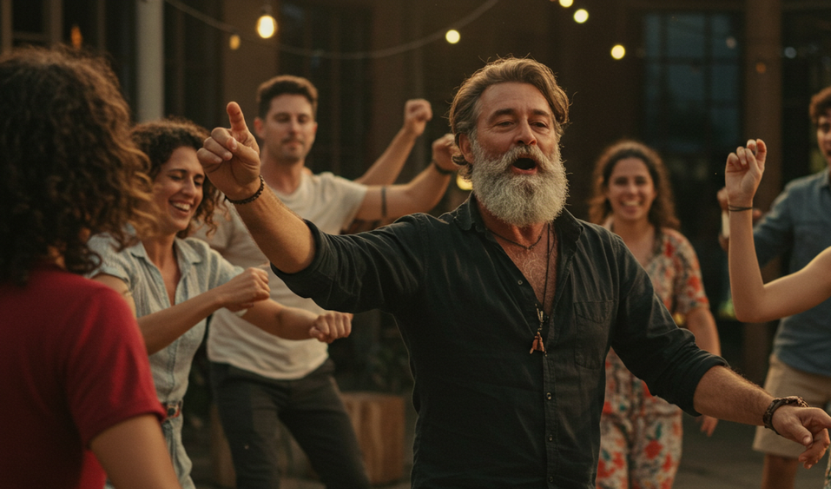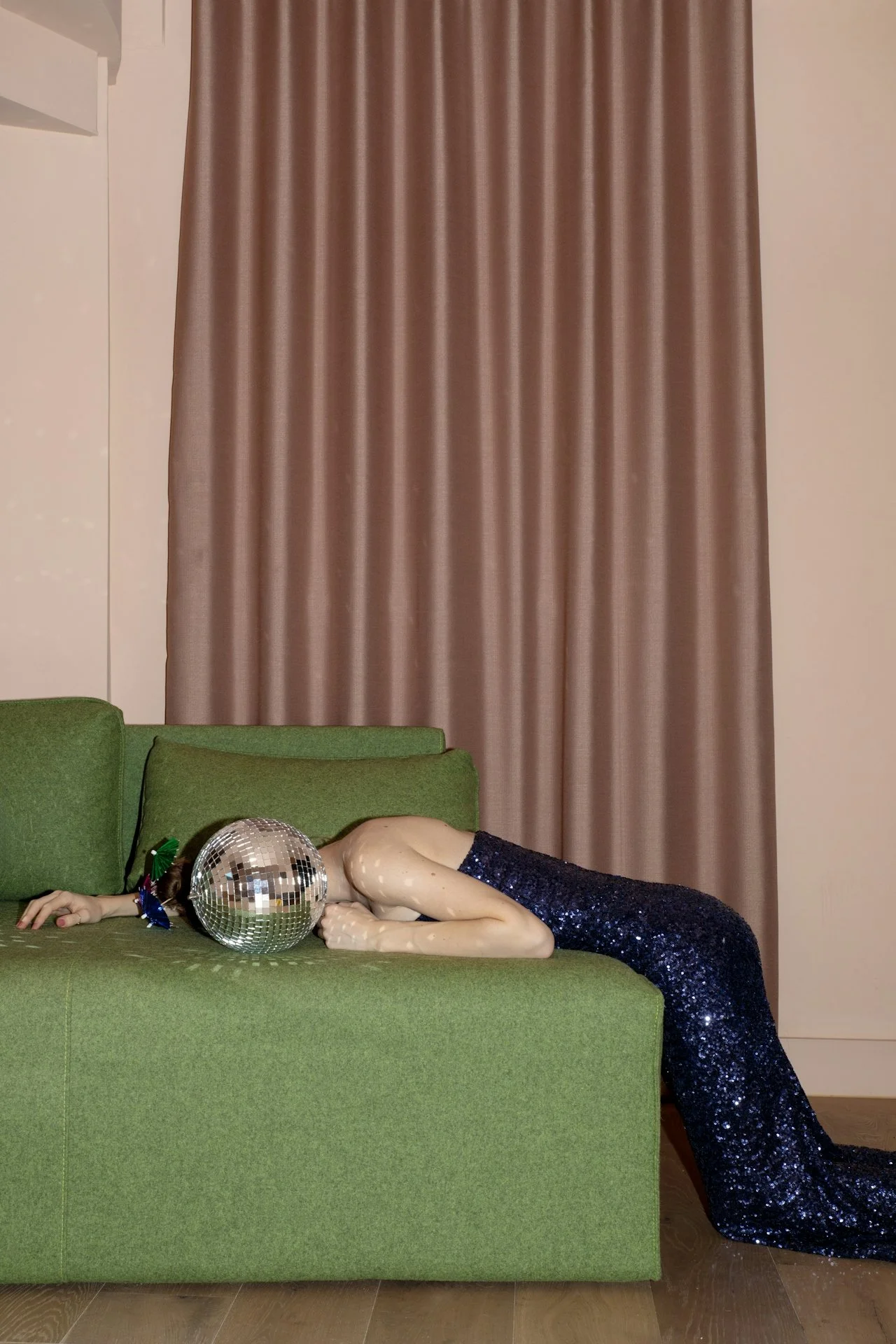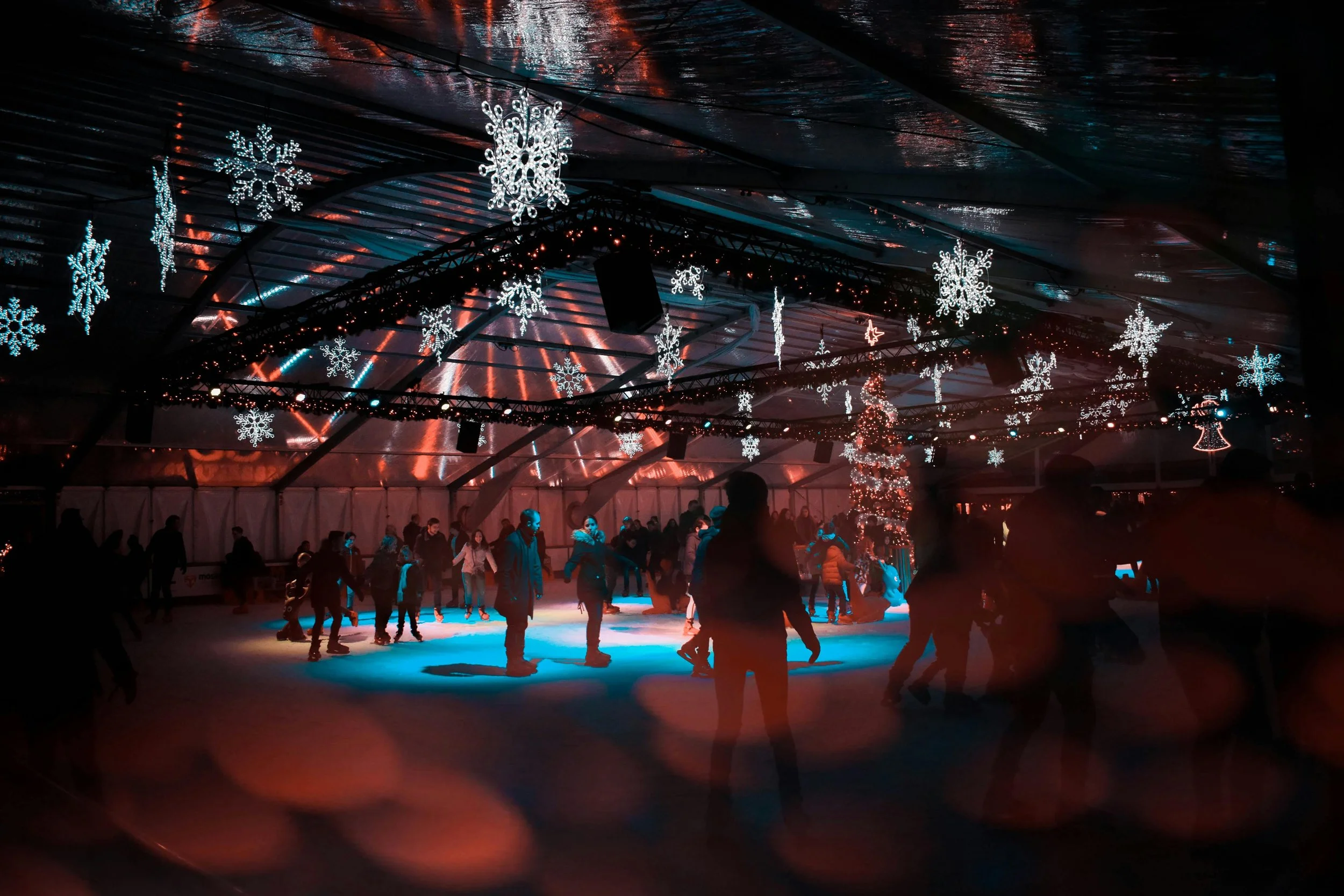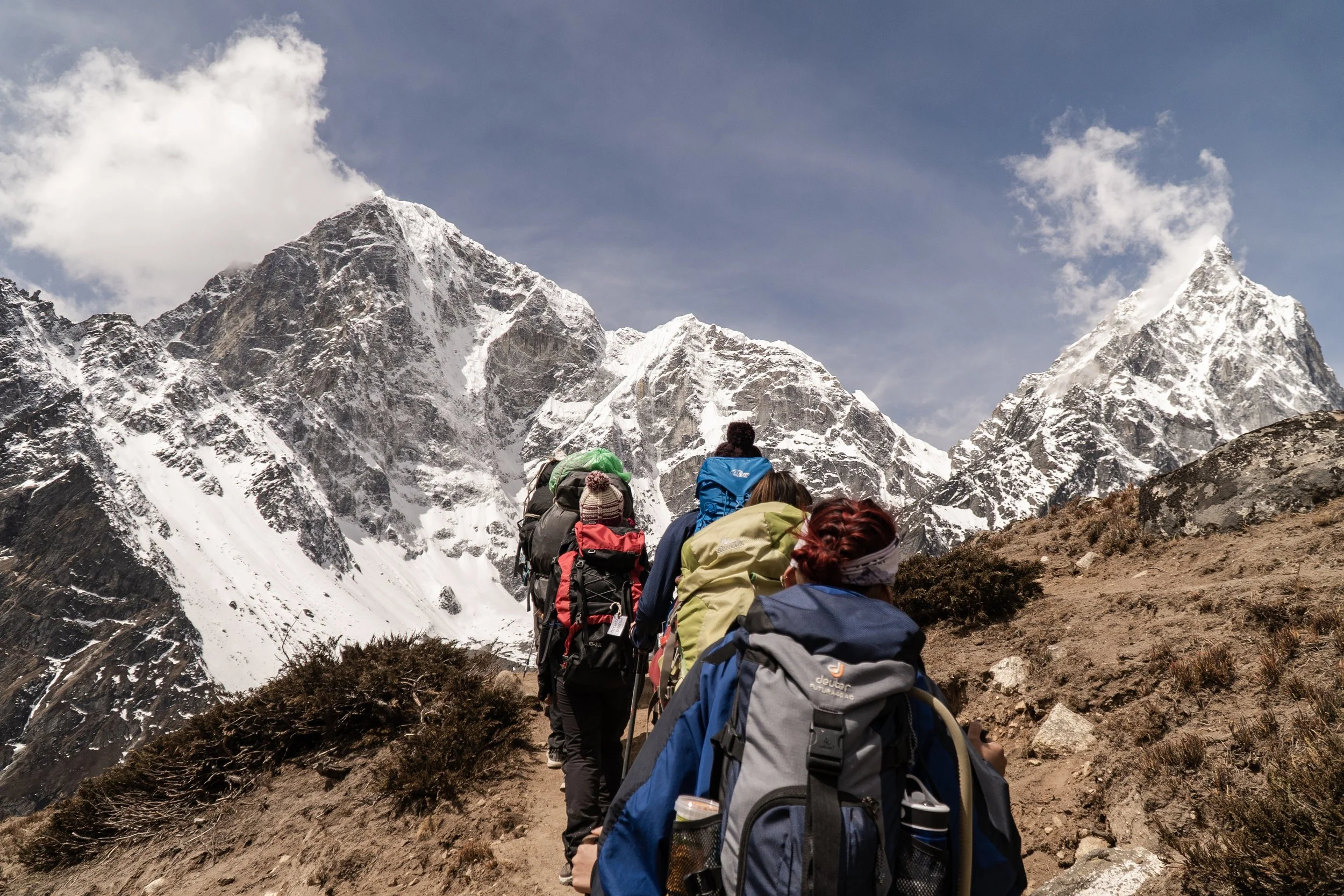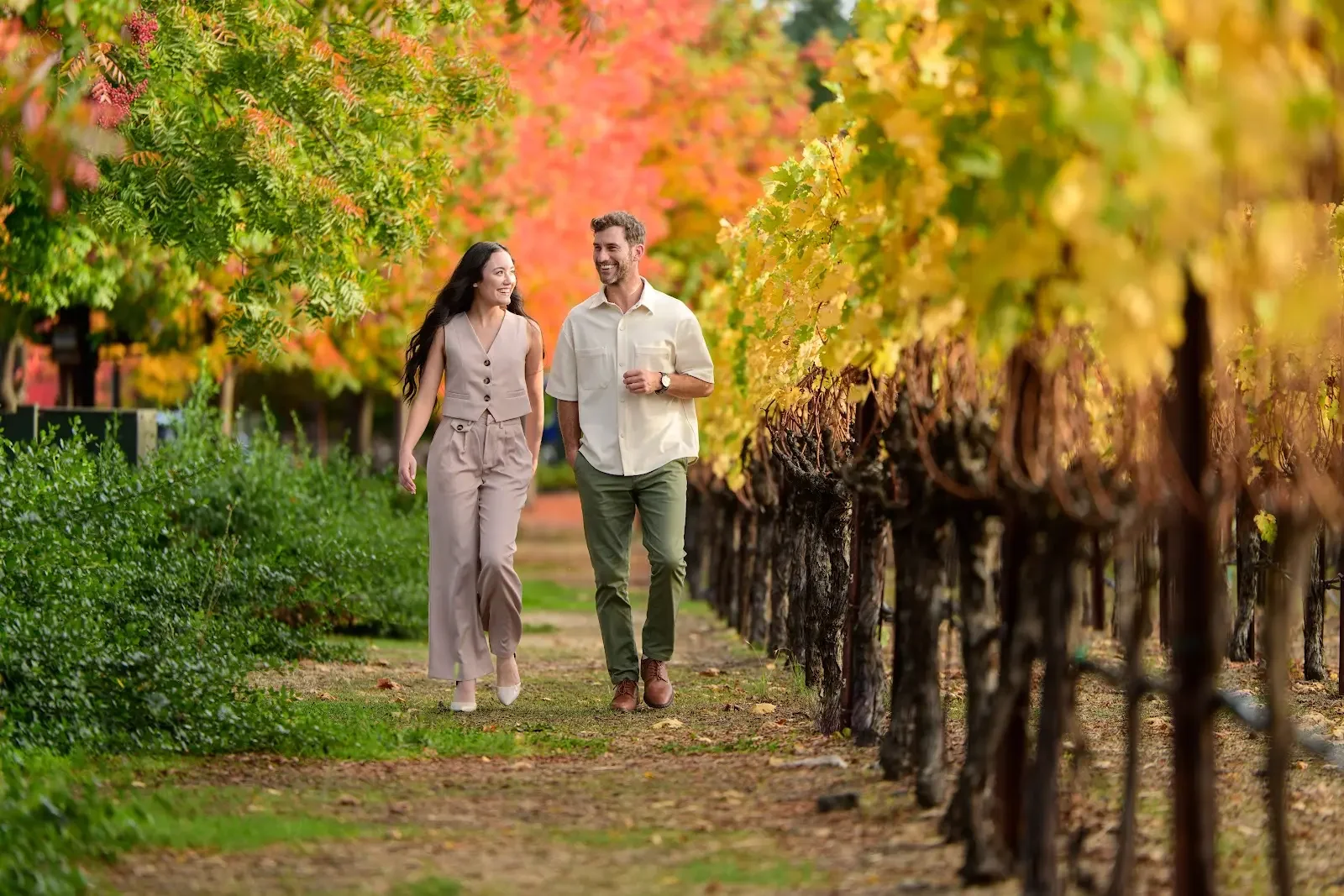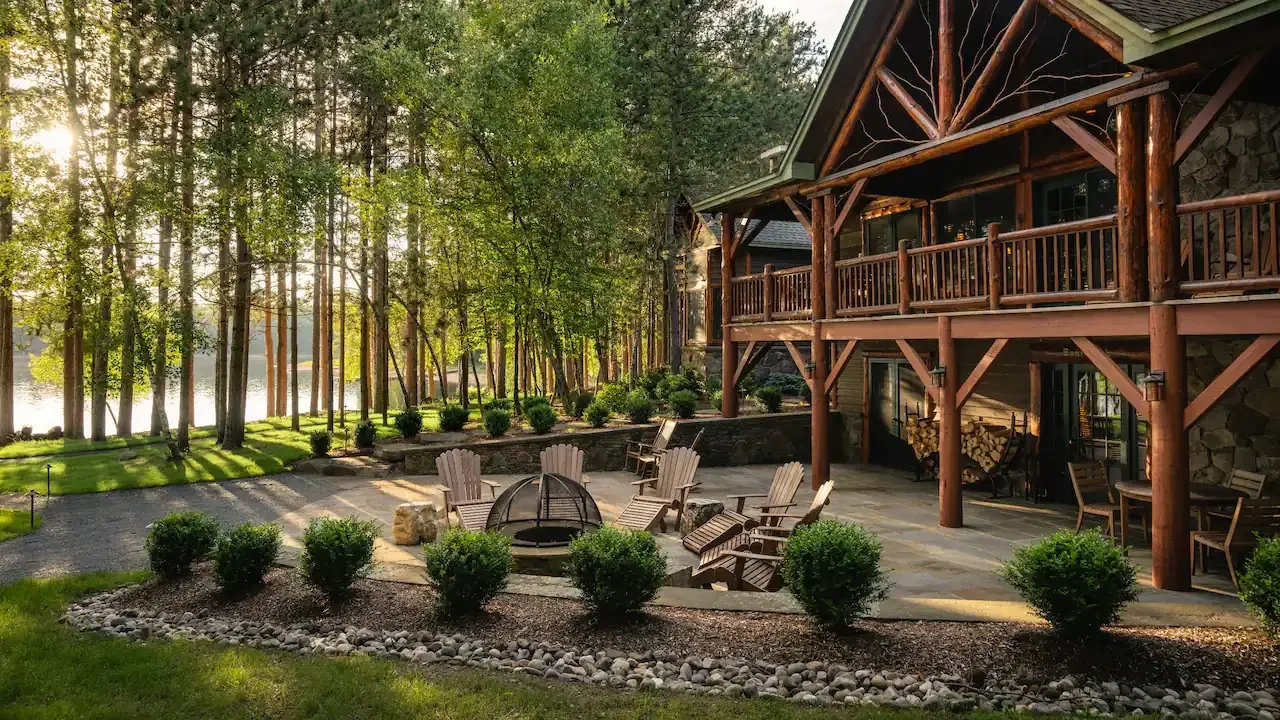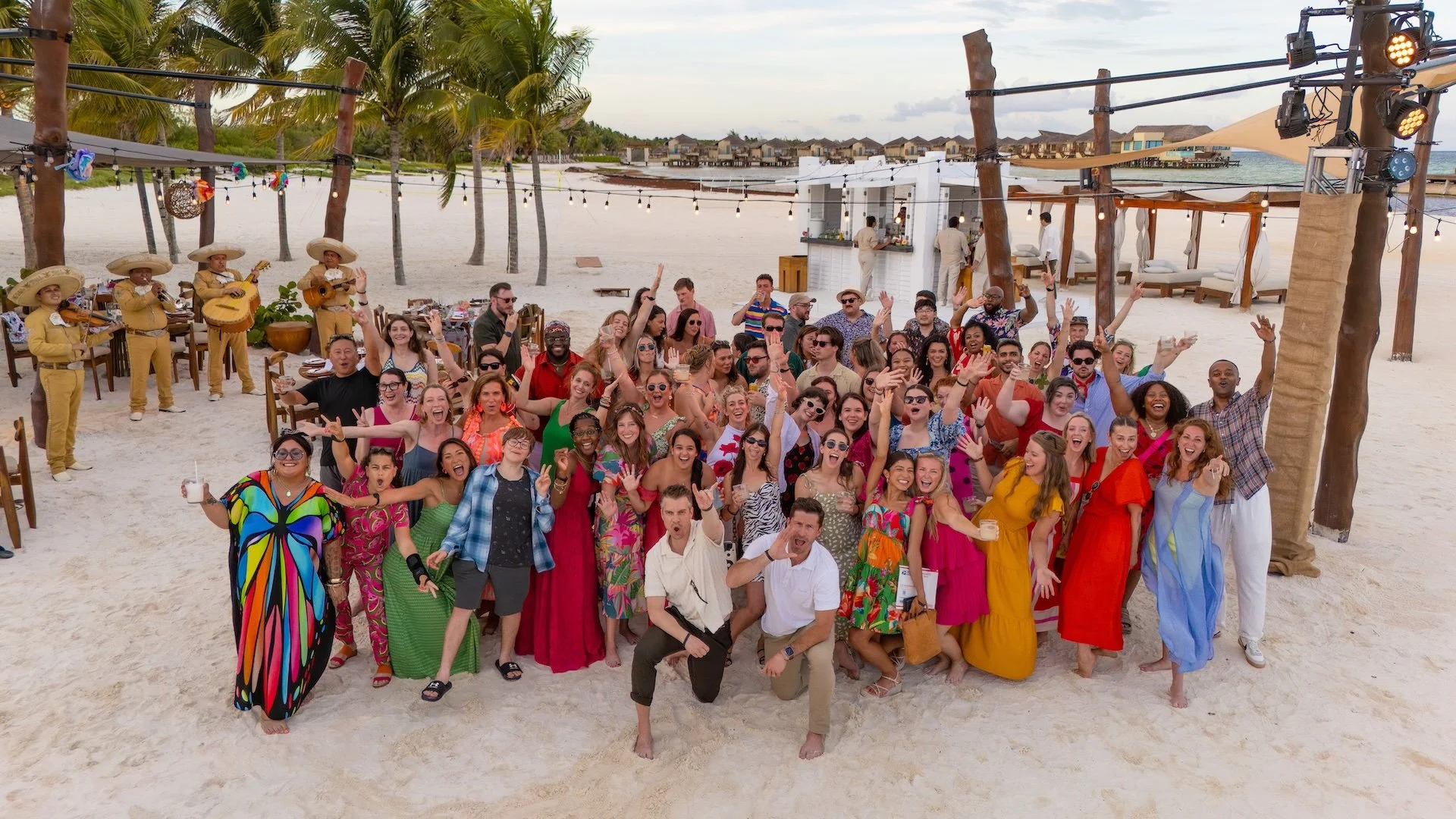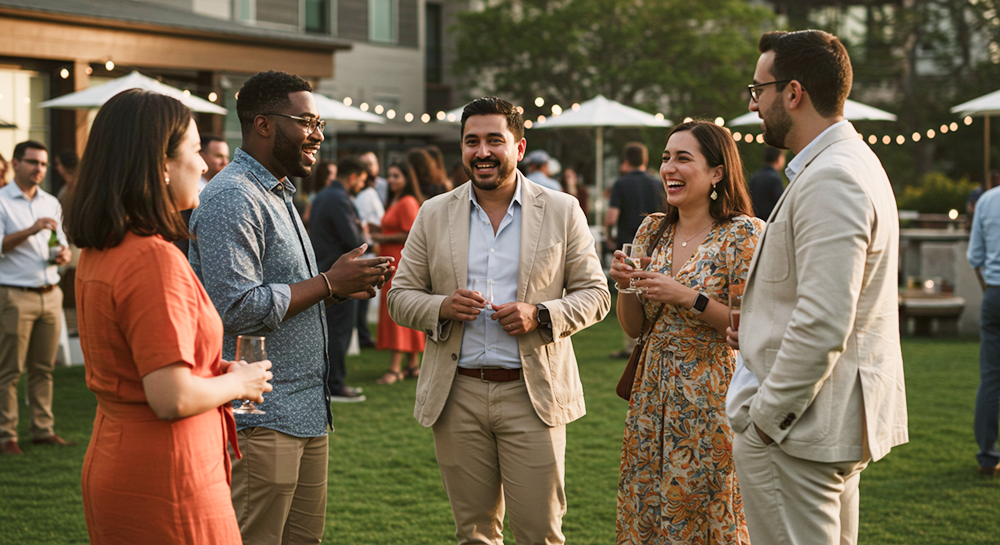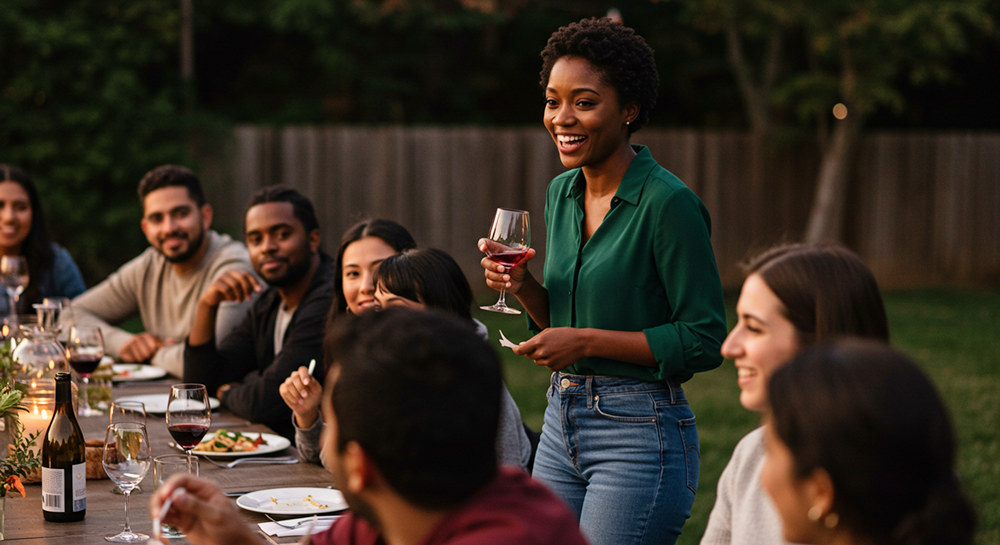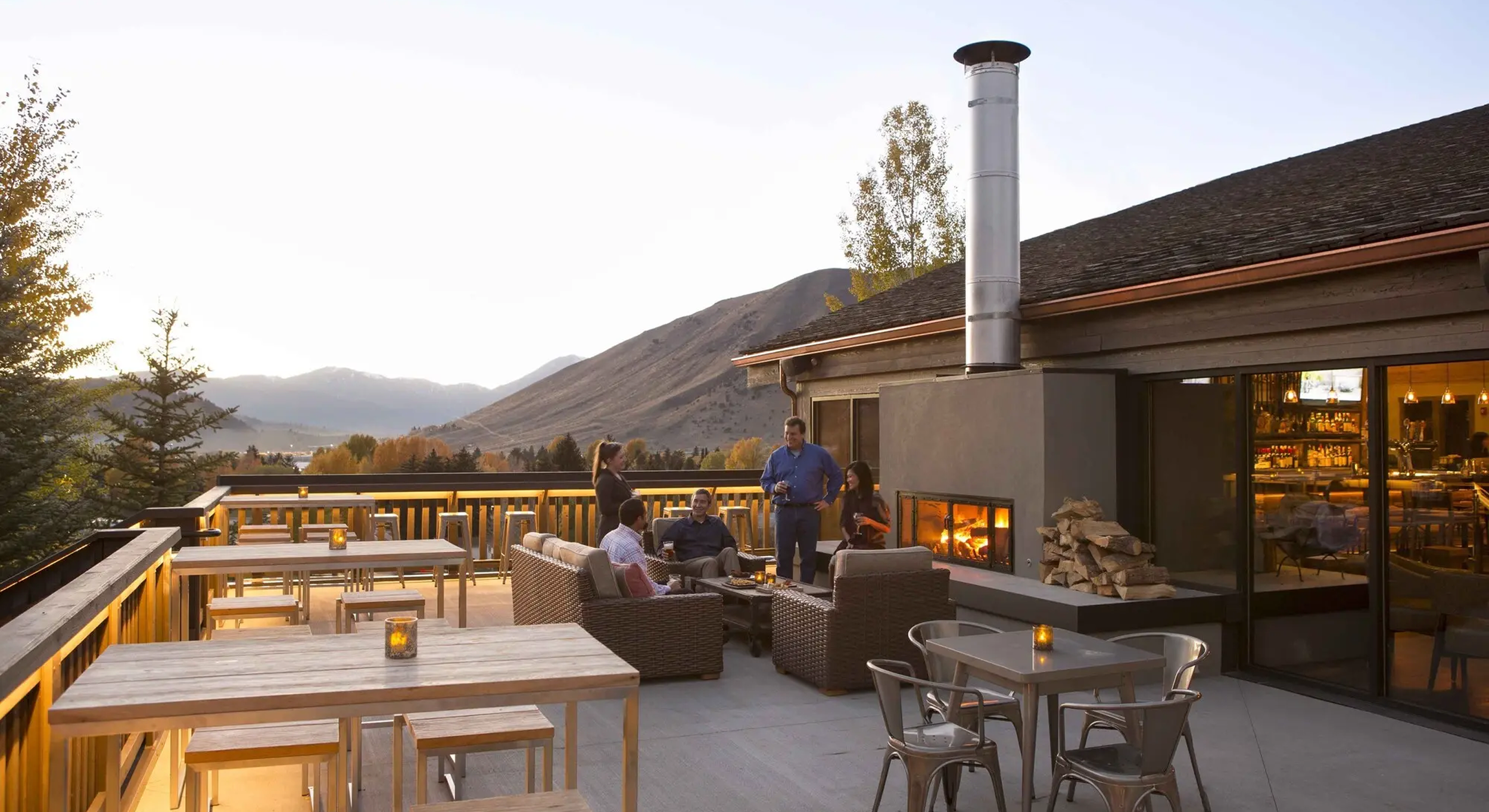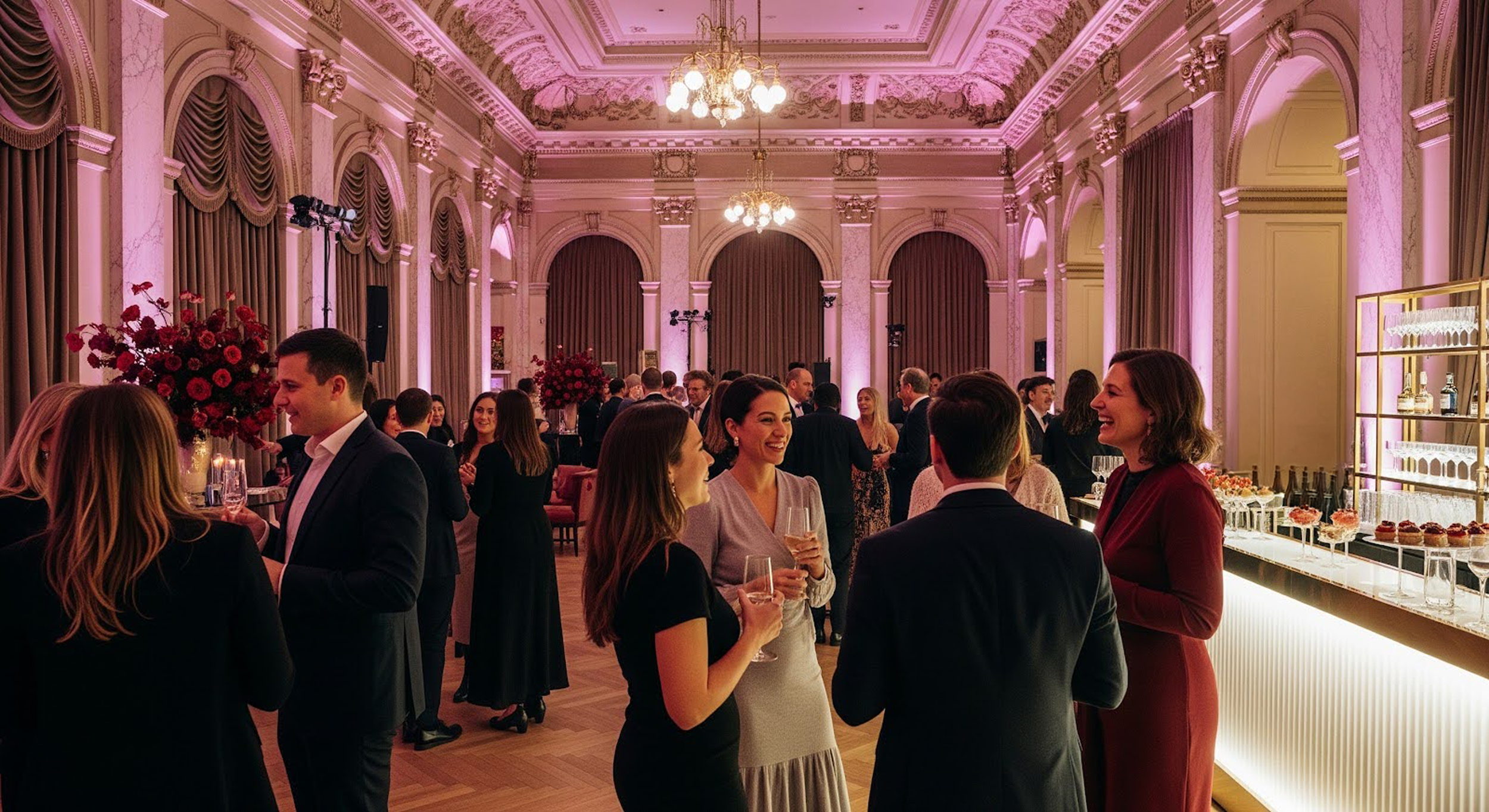7 Key Elements of Event Experience Design
Planning
7 Key Elements of Event Experience Design
BoomPop Team · 5/15/2025Think back to a corporate event you attended that didn’t quite live up to your expectations, a conference, an offsite, a team meeting. While often well-intentioned, these gatherings sometimes fall short of their potential impact. Maybe the conference rooms felt drab, the presentations were generic, or the team-building activities felt lackluster.
As Priya Parker says in her book The Art of Gathering: “The way we gather matters. Gatherings consume our days and help determine the kind of world we live in, in both our intimate and public realms. Any number of studies support a notion that’s obvious to many of us: much of the time we spend in gatherings with other people disappoints us.”
Why do some meetings, gatherings, and events fall short while others become important touchstones in our lives?
Unlocking the Art of Gathering
In her book, Parker observes that we can get so wrapped up in the “mechanics” of hosting, planning, and juggling all the aspects of an event that we can lose sight of the heart of gathering - the uniquely human element.
“We reduce the question of what to do with people to a question of what to do about things. PowerPoints, invitations, AV equipment, cutlery, refreshments. We are tempted to focus on the ‘stuff’ of gatherings because we believe those are the only details we can control. It’s both shortsighted and a misunderstanding about what actually makes a group connect and a gathering matter,” Parker says.
This can be true for events of all types, from personal gatherings to corporate events.
So what sets high-impact events apart from “same meeting, different zip code” offsites and retreats? Let’s talk about it! Because so much goes into all of the logistical aspects of hosting a group meeting or corporate event, especially when travel is involved. And often, the teams managing these events are juggling all of that alongside the rest of their jobs. It’s no wonder that so much focus often goes into the tactical, logistical, and functional elements of event planning.
The Power of Event Experience Design
The good news is, a well-designed offsite with the ability to have an outsized impact on your team is not only possible, it is well within reach. Our team at BoomPop has seen time and time again that embracing experience design can be a game-changer. We love working with clients to help manage the logistics of booking venues, negotiating with vendors, building itineraries, and scheduling sessions, yes. But even more exciting is when that partnership helps us move beyond the logistics and into the event experience design itself.
Elevating the event planning process so that we are intentionally crafting the emotional journey your guests will experience at your event is key. Think of it less like planning a meeting and more like telling a story. Orchestrating any memorable event—a wedding, a milestone celebration, a (another example needed)—is all about considering how every detail contributes to the specific feeling and desired outcome for your guests.
“The way a group is gathered determines what happens in it and how successful it is, the little design choices you make to help your gathering soar. Gatherings crackle and flourish when real thought goes into them, when (often invisible) structure is baked into them, and when a host has the curiosity, willingness, and generosity of spirit to try,” Parker says.
The 7 Keys to a High-Impact Corporate Event: Designing the Experience
To dig deeper into what it takes to move beyond the ordinary and create truly memorable experiences, we've tapped into the expertise of our very own experience design specialist, Heidi Precob.
Heidi emphasizes the power of immersive events, noting, “You can’t capture the magic of a live experience in a portfolio. It’s ephemeral by nature.” Her insights, combined with principles from The Art of Gathering, form the seven key areas to focus on to design a truly impactful corporate retreat.
1. Purpose & Intention: The "Why" Behind the Gathering
Every event needs a purpose. For example, your offsite shouldn't just be a change of scenery; it needs a clear and meaningful intention, which should also inform the feeling and experience you want to create for your guests. What specific transformation or outcome do you want to see in your team? Is it to spark innovation around a new initiative, strengthen bonds between departments, recognize achievements, or align everyone on the strategic vision for the coming year? For example, if your strategic goal is to build stronger team connections, the underlying purpose guiding your experience design would be to cultivate feelings of unity, camaraderie, and mutual support. A clear purpose will act as your North Star, guiding every design decision.
2. Emotional Arc: Crafting the Attendee Journey
Think of your offsite as a story. Just like any compelling narrative, it should have a beginning, rising action, climax, and resolution. How do you want your attendees to feel as that story unfolds? Design the emotional arc intentionally:
Welcome / Opening: Build excitement and create a sense of safety and belonging from the moment attendees arrive. Consider a unique welcome activity or a visually engaging entrance.
Initiation / Exploration: Engage their senses and provoke new insights. This is where your core content and activities come into play, stirring feeling and encouraging participation.
Challenge / Depth: Create opportunities for deeper connection and self-discovery. This might involve more vulnerable sharing or collaborative problem-solving.
Integration: Help attendees synthesize their insights and connect them to meaningful actions or takeaways.
Closure / Celebration: Honor the shared experience and provide a sense of grounding and gratitude as the event concludes.
3. Touchpoints & Modalities: Engaging the Senses
Go beyond standard presentations and consider all the different ways your attendees will interact with the event. Heidi advises thinking about every touchpoint: the activities themselves, the intentional design of the physical space, the transitions between sessions, and even unexpected moments of delight.
Think about how each element will engage multiple senses—sight, sound, scent, texture, and even taste.
4. Facilitation & Flow: Guiding the Experience
Skilled facilitation of certain event elements, like a team-building session, is essential for shaping group dynamics and ensuring the event flows smoothly. As Parker notes in The Art of Gathering, "A facilitator is someone trained in the skill of shaping group dynamics and collective conversations."
Plan how your session will flow meticulously, considering energy levels and creating moments for both high engagement and quiet reflection. Make sure everyone feels included and that diverse voices are heard.
5. Tools & Materials: Supporting the Journey
Consider the tangible elements that will support the experience and reinforce key messages. This goes beyond standard AV equipment and handouts to include any props for activities, visual aids, or even symbolic objects that tie into your theme or purpose. Heidi emphasizes that everything should be chosen intentionally to enhance participation and understanding.
6. Before, During, and After: Extending the Experience
Experience design isn't limited to the days of your event. Think about the attendee journey before they even arrive—the anticipation built through engaging invitations and pre-event communication. During the event, be mindful of the real-time experience and make adjustments as needed. Crucially, consider the "after"— how will you help attendees integrate their learnings and maintain the connections made? Follow-up resources, action planning templates, and thank-yous are all part of a cohesive experience design.
7. Metrics of Meaning: Beyond the Numbers
While quantitative ROI is crucial, consider also the "metrics of meaning." What does success feel like? Capture participant feedback and stories. Observe shifts in mood and engagement. As Heidi says, "Impact is, in part, intangibly measured by how profoundly it made someone feel alive. Did they connect with another human being? An idea? A place? Did you achieve collective effervescence?"
While thoughts and feelings might seem difficult to pin down, qualitative data gathering methods like surveys and quotes can be a great way to capture how guests experienced your event and what impressions they were left with.
Elevating Your Offsite: It's About the Art of Gathering
Moving beyond the traditional offsite requires a shift in mindset. It's about embracing the art of gathering: intentionally crafting experiences that resonate emotionally, foster genuine connection, and leave a lasting positive impact. By focusing on the seven key elements of experience design, you can transform your next corporate retreat from a mere meeting to a truly elevated and unforgettable experience.
Ready to design an offsite with a truly elevated experience? The BoomPop team is here to help you craft purposeful and impactful gatherings. Reach out today to explore how we can bring the art of experience design to your next corporate retreat.



